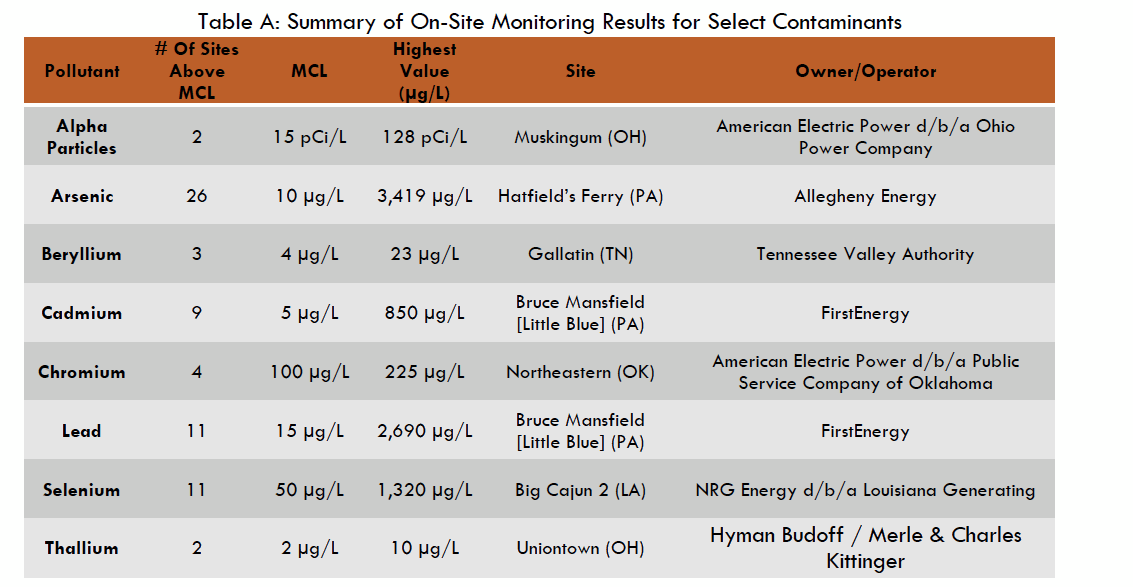
ENVIRONMENTAL INTEGRITY PROJECT
An investigation led by expert hydrogeologists has identified 39 more coal combustion waste (CCW) disposal sites in 21 states that have contaminated groundwater or surface water with toxic metals and other pollutants. Their analysis is based on monitoring data and other information available in state agency files and builds on a report released in February of 2010, which documented similar damage at 31 coal combustion waste dumpsites in 14 states. When added to the 67 damage cases that the U.S. Environmental Protection Agency (USEPA) has already acknowledged, the total number of sites polluted by coal ash or scrubber sludge comes to at least 137 in 34 states. This total represents nearly a three-fold increase in the number of damage cases identified in EPA’s 2000 Regulatory Determination on the Wastes from the Combustion of Fossil Fuels.












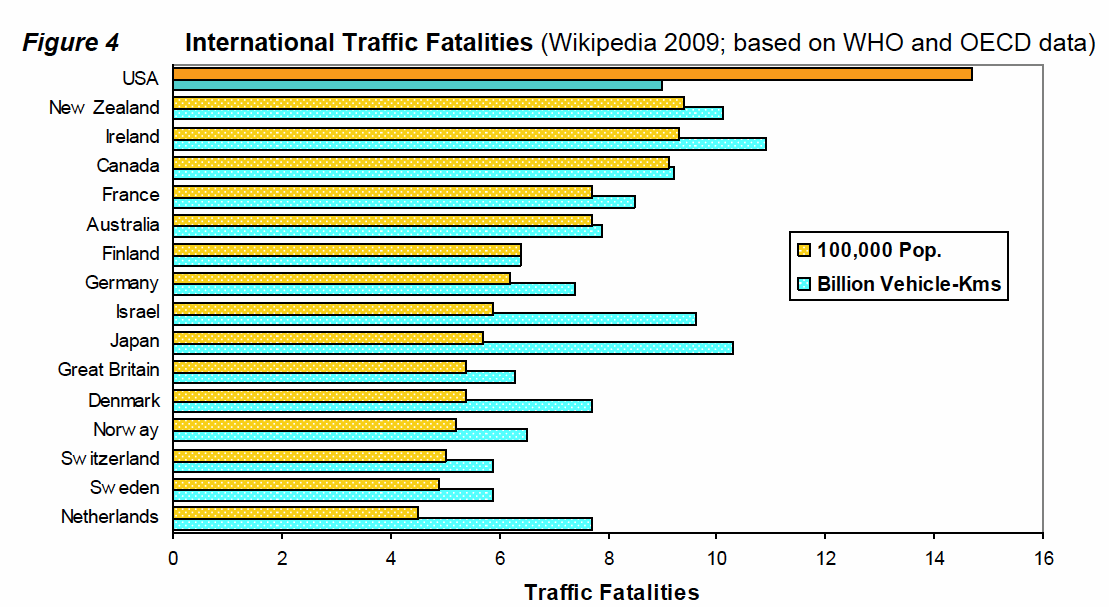

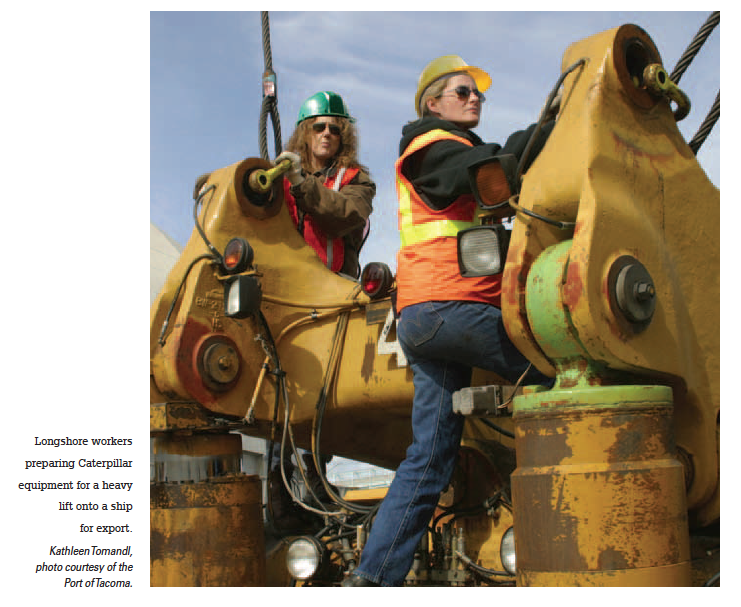
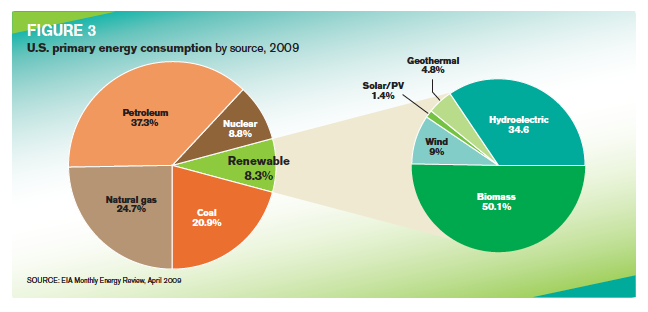
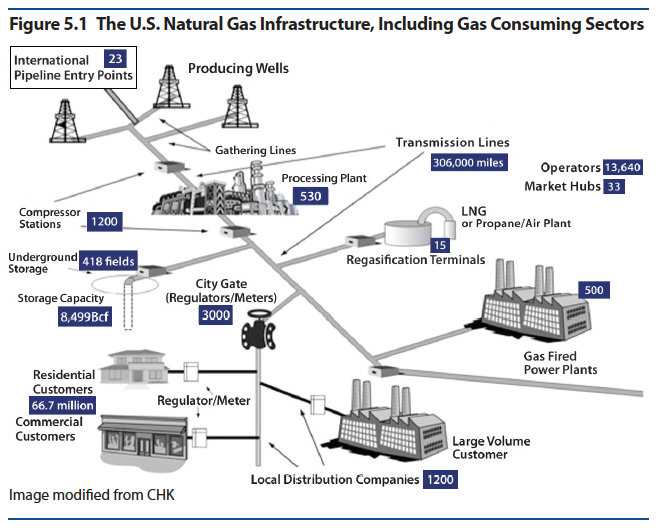
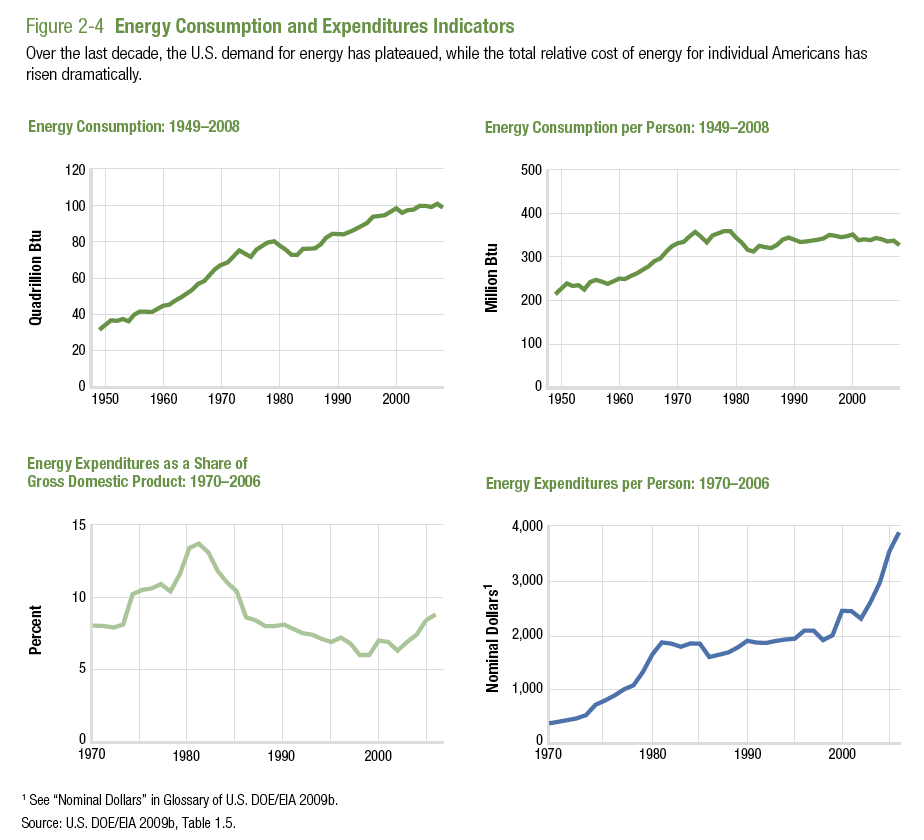


 RSS Feed
RSS Feed